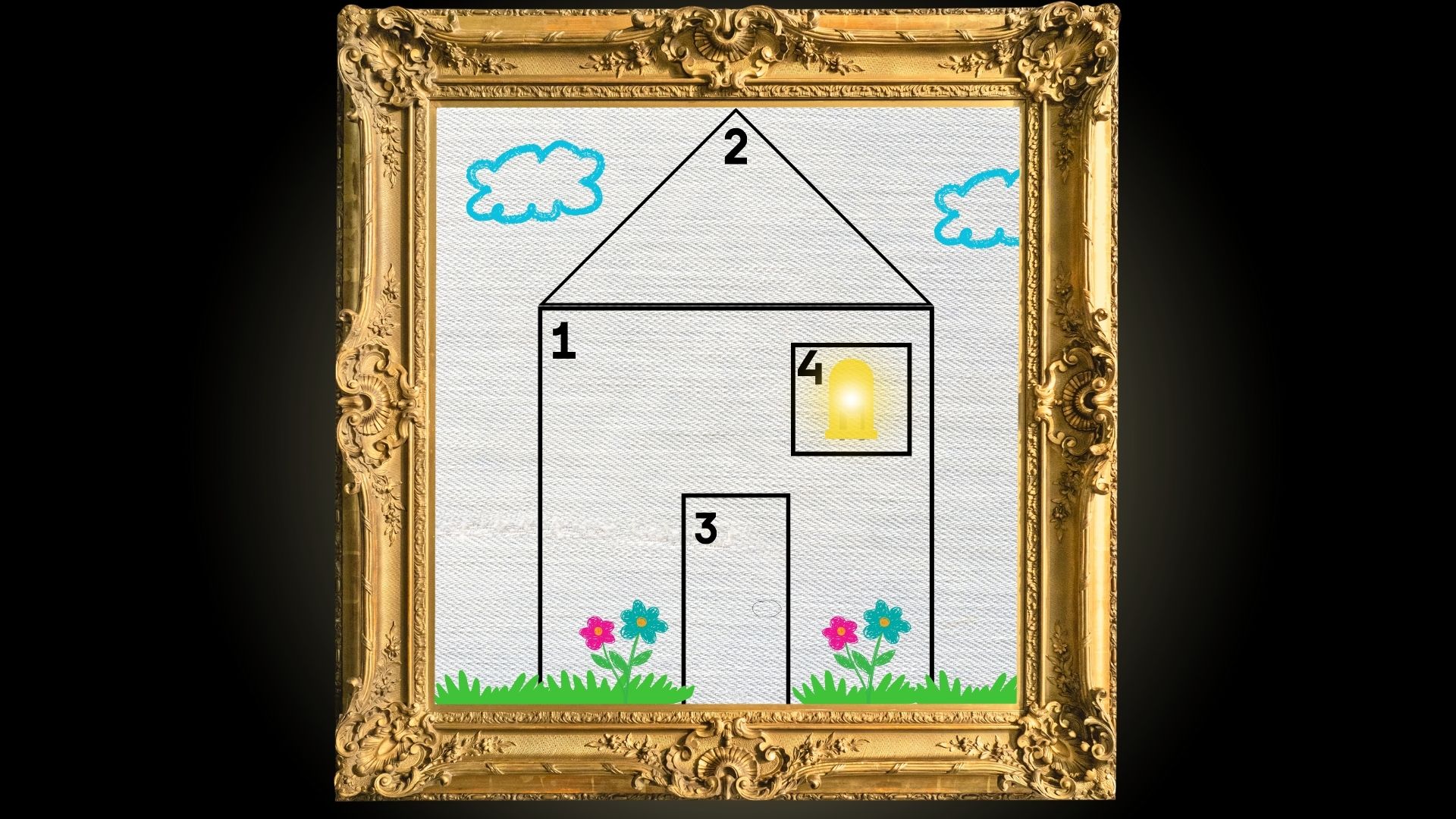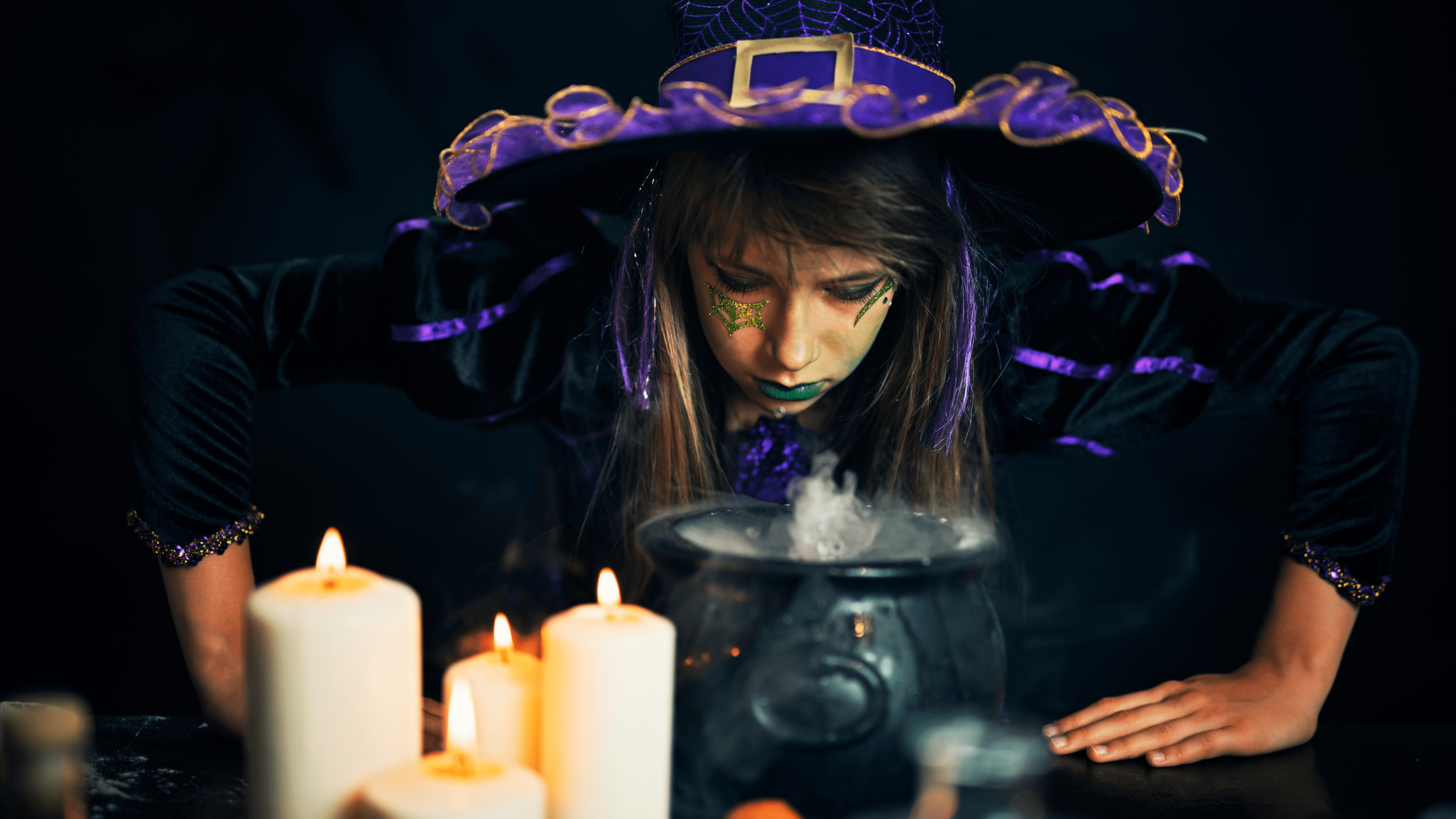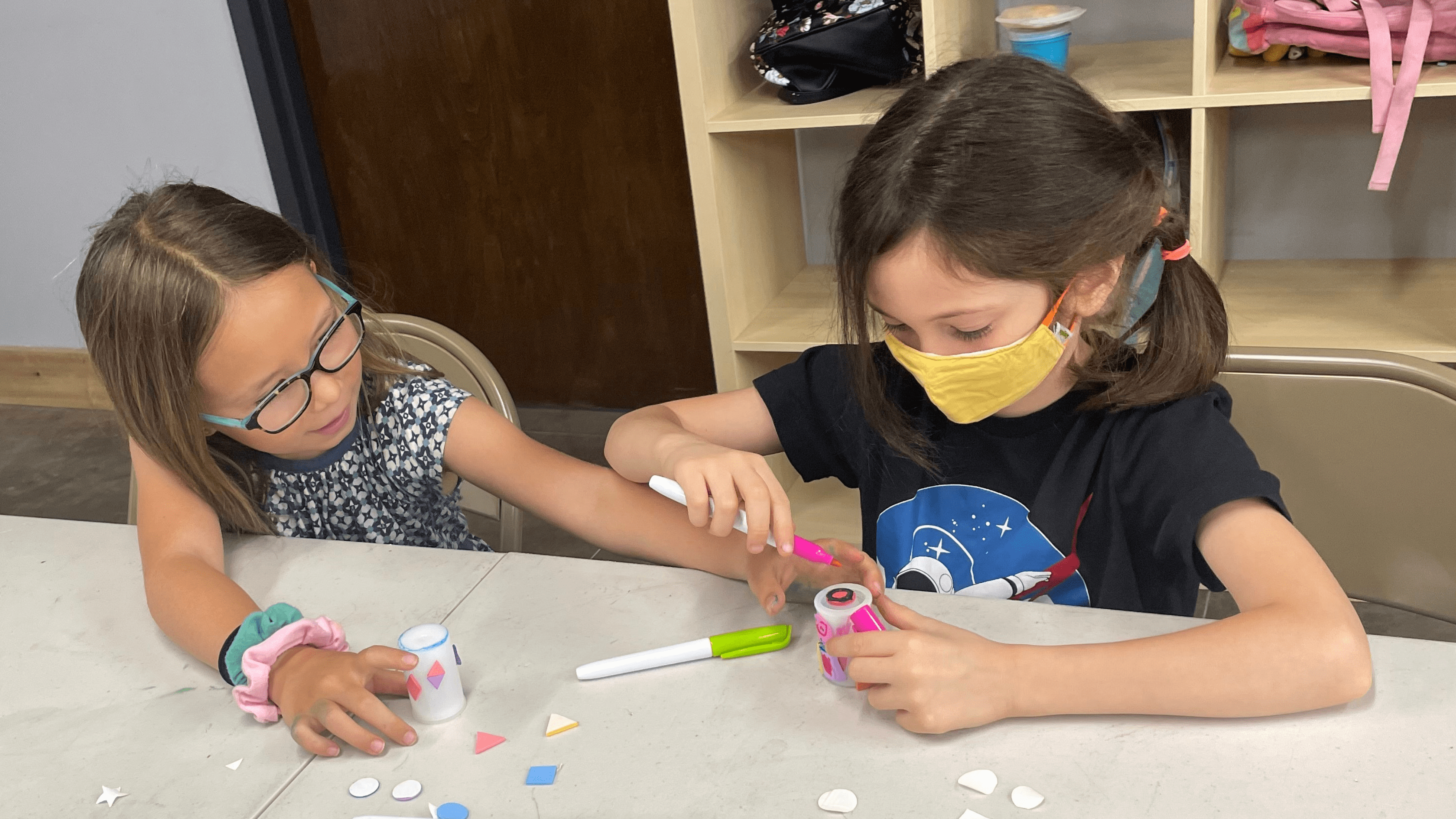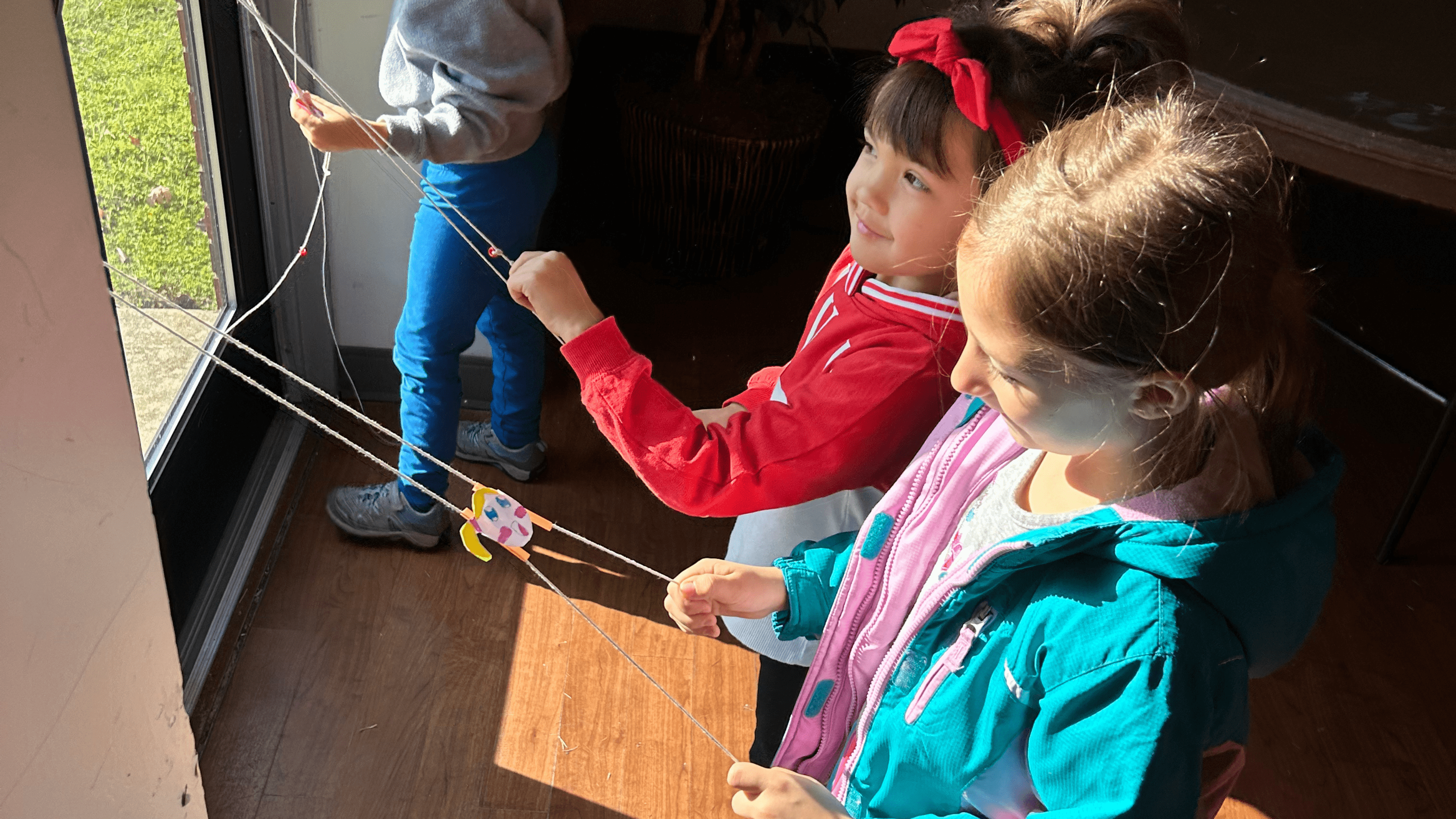Germs are very very small, so small they are invisible to our eyes. We have many germs on our hands all the time. They like to live in the invisible layer of oil on our hands, and they particularly like to hide in skin creases and under our nails. In fact, there are many thousands and thousands of germs on your hands right now!
Germs spread in lots of different ways. Some of them travel in saliva through the air, which is why you should cover your mouth when you sneeze and cough. But even then you still get the germs on your hands.
The good news is that we can use science to help protect us from germs!
Explore the power of soap with the fun and glittery experiment! Just gather the materials listed at the right, and follow the instructions below!




